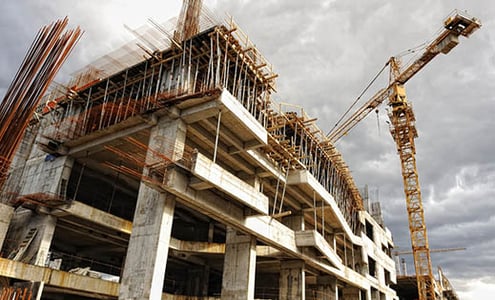In the bustling realm of construction, innovative solutions are the driving force behind efficient...

Experience excellence in construction with 3D Construction

In the bustling realm of construction, innovative solutions are the driving force behind efficient...

We now have a comprehensive understanding of the costs associated with 3D printing, thanks to a...
As with any disruptive technology, concrete 3D printing and construction automation are not without their challenges. Regulatory hurdles, particularly those pertaining to building codes and safety standards, can be labyrinthine. However, as the technology matures and gains widespread acceptance, it is anticipated that regulatory frameworks will evolve to accommodate these groundbreaking innovations.
In summary, the fusion of concrete 3D printing and construction automation represents the zeitgeist of modern construction. These technologies are not mere novelties; they are transformative forces that are redefining the industry. As we navigate this brave new world, the possibilities are not just promising; they are, quite literally, limitless. But this raises an intriguing question: How does a 3D printer print concrete in this evolving landscape? Stay tuned as we delve deeper into this fascinating subject.

The construction industry has long been a bastion of traditional methods, often resistant to change. However, the advent of concrete 3D printing has catalyzed a seismic shift, heralding an era of unprecedented innovation and efficiency. This technology, a subset of additive manufacturing, enables the rapid fabrication of building components with intricate geometries, previously considered unfeasible.
The amalgamation of concrete 3D printing with construction automation has engendered a new paradigm. This confluence not only expedites the construction process but also mitigates the scope for human error. The synergy between these two technological marvels has the potential to redefine the very ethos of construction, making it more sustainable, cost-effective, and precise.
The automation of construction processes invariably raises questions about the future of human labor in the industry. While it's true that certain manual tasks may become obsolete, the technology also creates a demand for a new cadre of skilled workers. These include experts in robotics, software development, and materials science, among others.
While the initial investment in concrete 3D printing technology and construction automation systems may appear steep, the long-term returns are compelling. Reduced labor costs, diminished material waste, and accelerated project timelines collectively contribute to a robust return on investment (ROI). Moreover, the technology allows for the utilization of eco-friendly materials, thereby reducing the carbon footprint of construction projects.
One of the most tantalizing prospects of concrete 3D printing is the liberation of architectural design from the constraints of traditional construction methods. The technology allows for the creation of complex, bespoke structures that were hitherto unimaginable. This newfound freedom has sparked a renaissance in architectural creativity, pushing the boundaries of what is possible in the realm of structural design.
Concrete 3D printing and construction automation are not confined to any particular geography; their impact is global. Emerging markets, in particular, stand to benefit immensely from these technologies, given their potential to expedite infrastructure development. The global market for concrete 3D printing alone is projected to reach staggering heights in the coming years, further fueled by advancements in construction automation.
The ethical implications of these technologies are manifold. On one hand, they offer the promise of more sustainable construction methods, reducing waste and energy consumption. On the other, there's the question of equitable access to these advanced technologies, particularly in underdeveloped regions. Striking a balance between innovation and social responsibility is paramount.
The journey of concrete 3D printing and construction automation is far from complete. As these technologies continue to evolve, their convergence with other cutting-edge innovations like artificial intelligence, the Internet of Things (IoT), and blockchain is inevitable. This confluence will likely give rise to an entirely new ecosystem of construction technologies, further revolutionizing the industry.
Sign up to stay in the loop about the latest updates